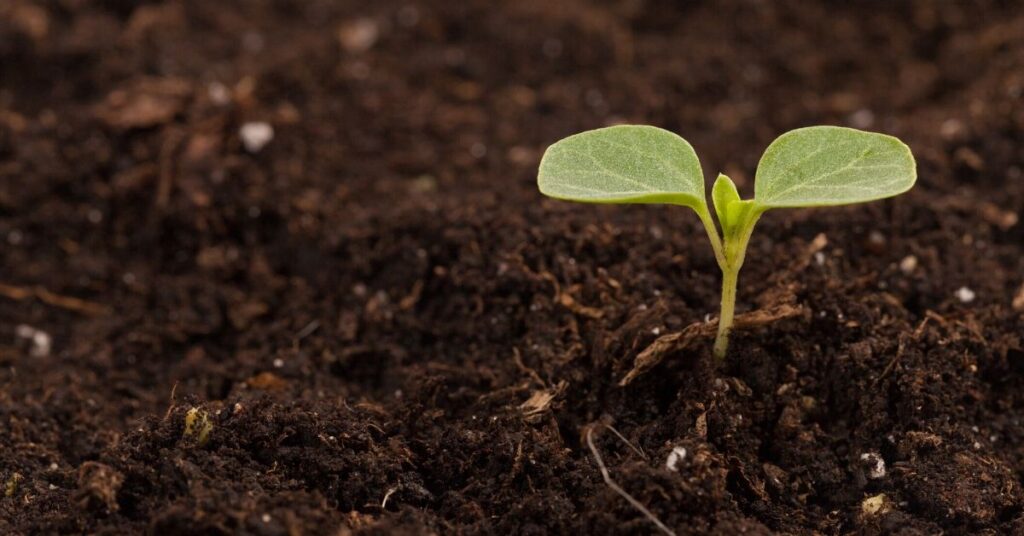As the use of humic acids become more prevalent in agricultural, turf, environmental, home & garden and other applications, the prospective customer may well ask the question, “What is the difference in humic acid products?” Since Global Organics is large provider of humic acid products, we will describe some of the difference in these products.
Humic substances exist everywhere in the environment, occurring in all soils, waters and sediments of the earth. Humic substances arise from the decomposition of plant and animal tissue. Humic substances are those organic compounds found in the environment that cannot be classified as any other chemical class of compounds such as polysaccharides, proteins, etc.
They are traditionally defined according to their solubility. Humic acids are those materials that are insoluble at acidic pH values below pH of 2 but are soluble at higher pH values. Fulvic acids are those organic materials that are soluble in water at all pH values.
Humic substances can be considered as a genuine class of natural products where the very essence of these materials in their heterogeneous and irregular nature. In all other areas of chemistry it is the custom to work with materials that are pure or that can be purified. The exceeding complex nature of humic substances has not allowed their seperation into pure components and consequently the conventional tools of chemistry cannot be applied to these materials with the degree of success that is customarily achieved in other areas.
Global Organics uses a proprietary process that provides a high quality humic acid component while preserving a rainbow of biological by-products that are very beneficial to soil and plants. Laboratory analyses have shown that Humega® contains up to 8% humic acid using the Colormetric analysis. Global Organics guarantees a 6% humic acid content of Humega using this standarad analysis.
Global Organics selects sites that have not been subject to ocean or salt water intrusion. Deposits from salt water have a limited benefit as the benzene rings which are very active in fresh water deposits are affected with salt and other detrimental minerals.
Many humic acids are produced from questionable materials. Many are extracted by harsh caustics such as sodium hydroxide and potassium hydroxide. These extractions destroy many of the beneficial microbial populations and their inherent biological byproducts.
Extensive laboratory comparisons between Humega® and competitive humic acid products reveal significant biological control of plant disease pathogens with Humega® while competitive humic acid products provided few of these benefits.


